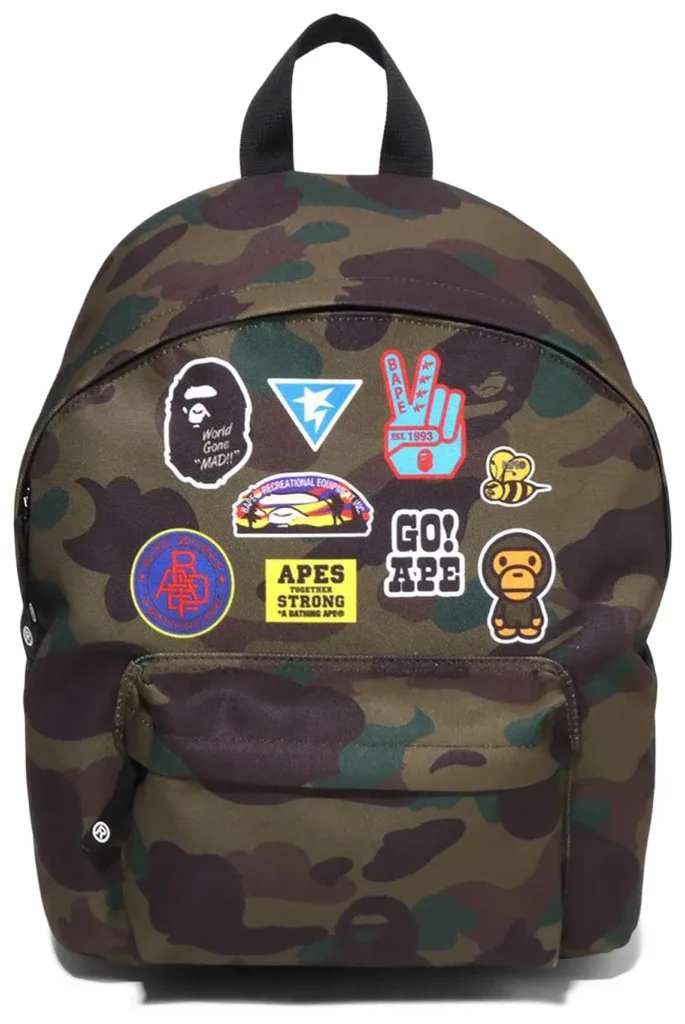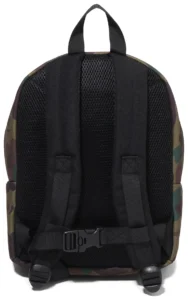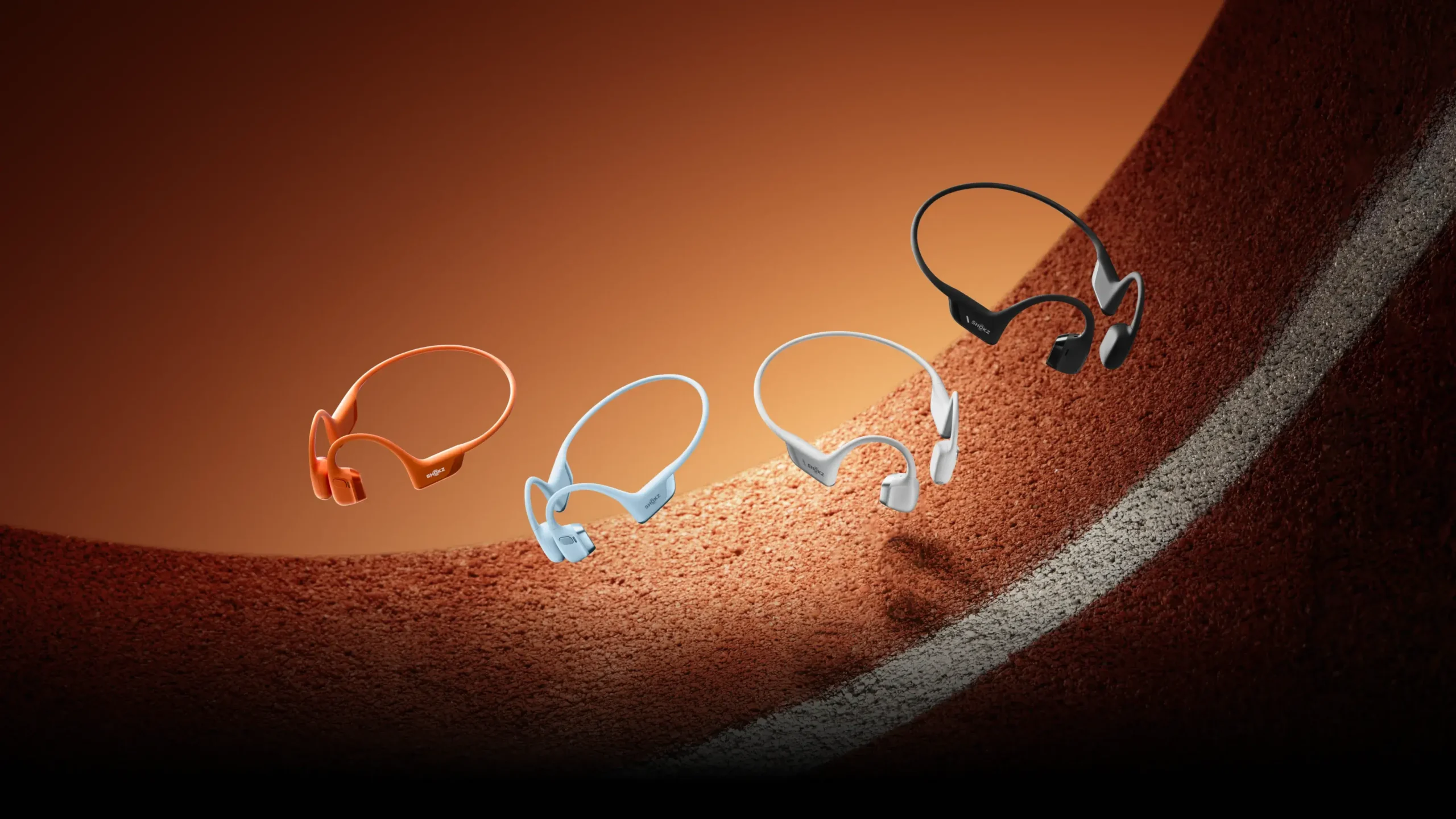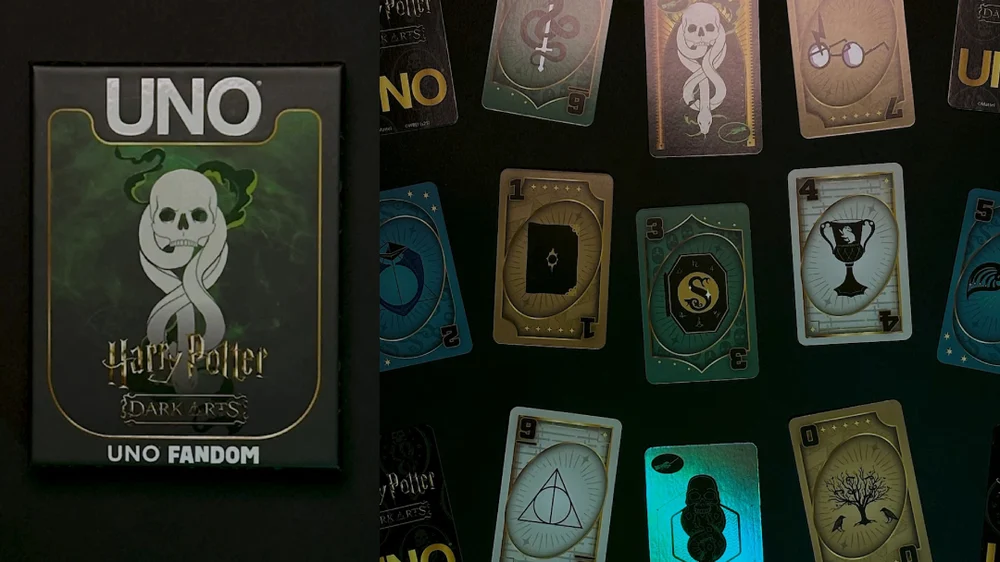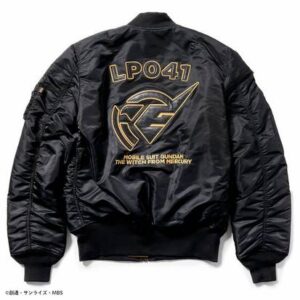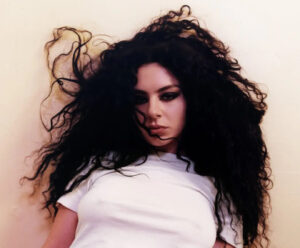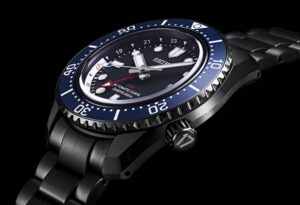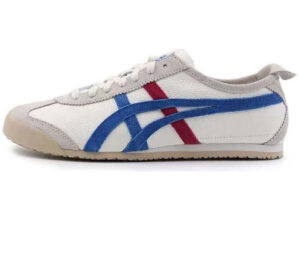Few fashion logos have crossed as many generational and cultural lines as A Bathing Ape, or BAPE. What started in the streets of Harajuku as a subcultural uniform has become a global emblem of youth-centric cool. And now, with the BAPE Kids 1st Camo Patch Print Daypack in green, the brand distills its legacy into a piece designed not for the bustling Tokyo nightlife but for school hallways, playdates, and tiny city adventures.
This backpack is more than a shrunken version of an adult accessory. It embodies the intersection of streetwear’s rise to mainstream fashion and the global appetite for designer goods among younger consumers. Here, we explore the story behind the BAPE Kids line, the cultural relevance of camo, and how this daypack captures a surprising moment in fashion history.
A Bathing Ape: A Brief Origin Story
Founded in 1993 by Nigo (Tomoaki Nagao), BAPE quickly became an underground force in Tokyo. Inspired by a mix of 90s hip-hop, vintage Americana, and Japanese graphic design, Nigo’s brand was known for its playful imagery and highly limited releases. The original ape head logo and signature 1st Camo pattern became cult favorites, symbolizing exclusivity and rebellion against traditional luxury codes.
BAPE was one of the first Japanese brands to harness scarcity as a marketing tool, creating hype long before social media turned it into a standard strategy. Limited quantities and high prices cemented its place in the wardrobes of tastemakers, rappers, and eventually, collectors worldwide.
The Kids Line: A Growing Market
As streetwear matured and became more family-friendly, brands began to explore ways to appeal to a new demographic: children. In many ways, BAPE Kids is a natural extension of the original brand ethos. Parents who grew up queuing for BAPE drops now want their children to carry the same symbols of style and individuality.
The BAPE Kids line launched as a playful nod to this generational transition. The pieces preserve the brand’s core design language — camo, shark motifs, bold lettering — while adapting the cuts and sizes to younger wearers. Beyond fashion, it offers a cultural link, a way for families to share a common visual and stylistic heritage.
The Symbolism of Camo
Camouflage has a long, complicated history. Originally a military tool designed to conceal and protect, camo patterns migrated into civilian fashion in the 20th century, especially during the Vietnam War era. For many, camo came to symbolize anti-establishment attitudes and protest. Over time, it was absorbed into mainstream fashion, signifying everything from rugged individualism to urban toughness.
BAPE’s 1st Camo pattern — a bright, abstract reinterpretation of traditional camo — represents a tongue-in-cheek take on this history. Its exaggerated shapes and vivid colors transform a military symbol into something playful, almost cartoonish. By incorporating this print into the BAPE Kids daypack, the brand invites children into the world of streetwear with a pattern that is bold yet friendly.
Design Details of the Daypack
The BAPE Kids 1st Camo Patch Print Daypack in green exemplifies BAPE’s attention to visual storytelling and detail. Its main fabric features the iconic 1st Camo print, immediately recognizable to any streetwear enthusiast.
In terms of functionality, the daypack is designed to fit a child’s proportions, making it both lightweight and easy to carry. The adjustable straps ensure comfort for different ages, and the sturdy zippers and reinforced seams suggest durability — essential for the daily adventures of young wearers.
Additional patch details add texture and narrative layers. BAPE often uses patches to reference previous collections, iconic logos, or cultural moments, creating a sense of continuity and depth even in a child’s accessory. This use of patches also nods to the DIY spirit of early streetwear culture, when customization and individuality were prized over pristine uniformity.
Cultural Shifts and the Rise of Designer Kidswear
The popularity of designer kidswear reflects larger cultural shifts. As luxury brands expand their audiences, children have become a new frontier. Today’s parents, especially those involved in creative industries or streetwear culture, often view their children’s style as an extension of their own identity.
Celebrities and influencers have further fueled this movement, frequently dressing their children in head-to-toe designer outfits that rival adult street style. BAPE Kids fits seamlessly into this trend, offering pieces that are playful yet deeply rooted in subcultural heritage.
In this context, the BAPE Kids daypack is more than just a school accessory. It becomes a miniature canvas for self-expression and cultural signaling, even if the wearer is too young to fully understand the references. The pack carries a sense of belonging and a subtle invitation into a larger, global community of style.
From Harajuku to Global Playgrounds
While BAPE’s origins are firmly planted in Tokyo’s Harajuku district, its influence has spread across continents. The brand’s collaborations with major artists and designers — from Pharrell Williams to Kanye West — helped transform it from an underground curiosity into a global icon.
The BAPE Kids daypack in green serves as a bridge between Harajuku’s energy and the everyday lives of children worldwide. It embodies a playful defiance and an embrace of creativity that transcends age and geography. With each patch and camo panel, the daypack subtly connects its young wearers to a larger narrative about self-expression and cultural blending.
Longevity and Collectibility
One overlooked aspect of BAPE’s children’s line is its potential for collectibility. As the market for vintage and rare streetwear continues to grow, even kids’ items are gaining value among collectors. Limited releases and special editions often find their way into resale markets, sometimes fetching surprisingly high prices.
For parents, the daypack might represent a sentimental keepsake — a piece that marks a child’s growth or a shared moment of style. For dedicated BAPE enthusiasts, it can become another chapter in a lifelong collection, echoing the same design motifs seen in adult lines and collaborations.Flow
The BAPE Kids 1st Camo Patch Print Daypack in green stands at the intersection of past and future, subculture and mainstream, adult streetwear and childhood adventure. It encapsulates BAPE’s unique ability to turn everyday objects into emblems of cultural connection and individual storytelling.
More than just a bag, it serves as an entry point for the next generation into a world where fashion, music, and art converge. In its compact form, the daypack carries decades of design history, echoes of protest and play, and the promise of future creativity. For parents and kids alike, it offers a wearable piece of cultural legacy — an introduction to the idea that what we wear can be a powerful form of expression, no matter how small the shoulders that carry it.
No comments yet.

